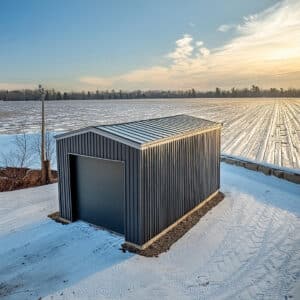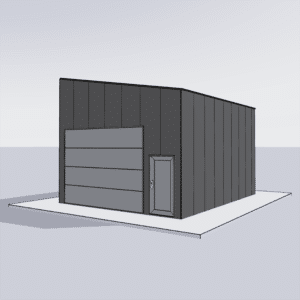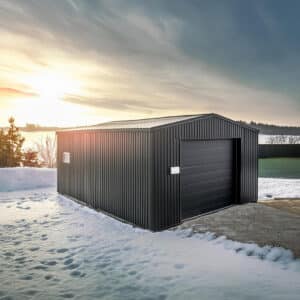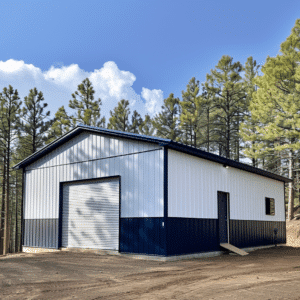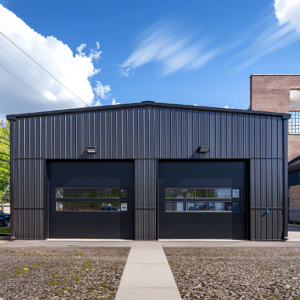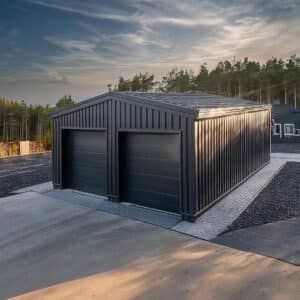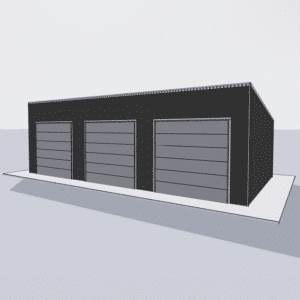In the world of industrial steel projects, managing your budget effectively is paramount. These projects, ranging from warehouse constructions to manufacturing facilities, require a strategic balance between saving costs and knowing when to invest more for long-term benefits. In this budget breakdown, we’ll explore where it’s wise to save and where splurging could pay off down the road. As we dive into this, you’ll gain valuable insights and practical tips to ensure your project’s financial success.
Savings on Planning and Design
Starting on the right foot entails prudent budget management from the get-go. Investing time and resources into thorough planning and design can drastically cut future expenses. This stage involves selecting the best layout and materials that offer balance between cost-effectiveness and functionality.
For instance, employing a Residential steel building design approach may offer creative solutions that blend cost-efficiency with practicality, suitable for industrial purposes while focusing on the design elements that serve core functionalities without unnecessary embellishments. Moreover, using digital tools and construction software can streamline the design process, allowing for real-time modifications and more accurate cost estimations.
Invest in Quality Materials and Construction
When considering where to allocate more of your budget, quality should be a priority particularly when choosing materials and hiring contractors. High-quality steel, although initially more expensive, is a worthwhile investment due to its longevity and minimal maintenance requirements. It’s essential to research and choose industry-standard materials that can withstand industrial wear and tear over time.
Furthermore, employing skilled contractors can influence the quality of assembly, directly impacting the durability and safety of the building. Partnering with experienced builders not only ensures a smooth construction process but also prevents costly repairs arising from construction errors. Our comprehensive Steel Building Cost Estimation Guide can further help you predict expenses and make informed decisions.

Optimizing Construction Techniques
The method by which industrial steel buildings are constructed also presents opportunities for budget optimization. Prefabrication and modular construction, for example, can significantly reduce labor costs and construction time. These techniques, highlighted in our From Warehousing to Manufacturing: 5 Ways Industrial Steel Adapt to Any Use article, demonstrate adaptive strategies for steel buildings that can also help localize your project and reduce logistical overheads.
For more efficient resource management, consider implementing lean construction techniques that emphasize waste reduction and improved workflow processes. Such practices not only contribute to cost savings but also enhance the overall efficiency of the project timeline.
Where to Save: Interior Features and Finishes
While it’s tempting to focus on high-end interior finishes, it’s often an area where prudent savings can be achieved without compromising functionality. Industrial spaces frequently prioritize durability and function over aesthetic luxuries. Consider opting for durable flooring that can endure heavy equipment, while still being cost-effective.
Similarly, basic but robust lighting and plumbing fixtures serve by fulfilling essential roles without breaking the bank. Implementing energy-efficient systems can also aid in reducing long-term operational costs, aligning with the initial budget-saving goal.
The Value in Sustainable Practices
Incorporating sustainable practices into your project plan is another smart allocation of funds. While some eco-friendly options may carry higher upfront costs, they typically result in lower energy bills and maintenance costs over time, effectively paying for themselves. To better understand sustainable options, consider exploring resources like the Best Practice in Steel Construction – Industrial Buildings.
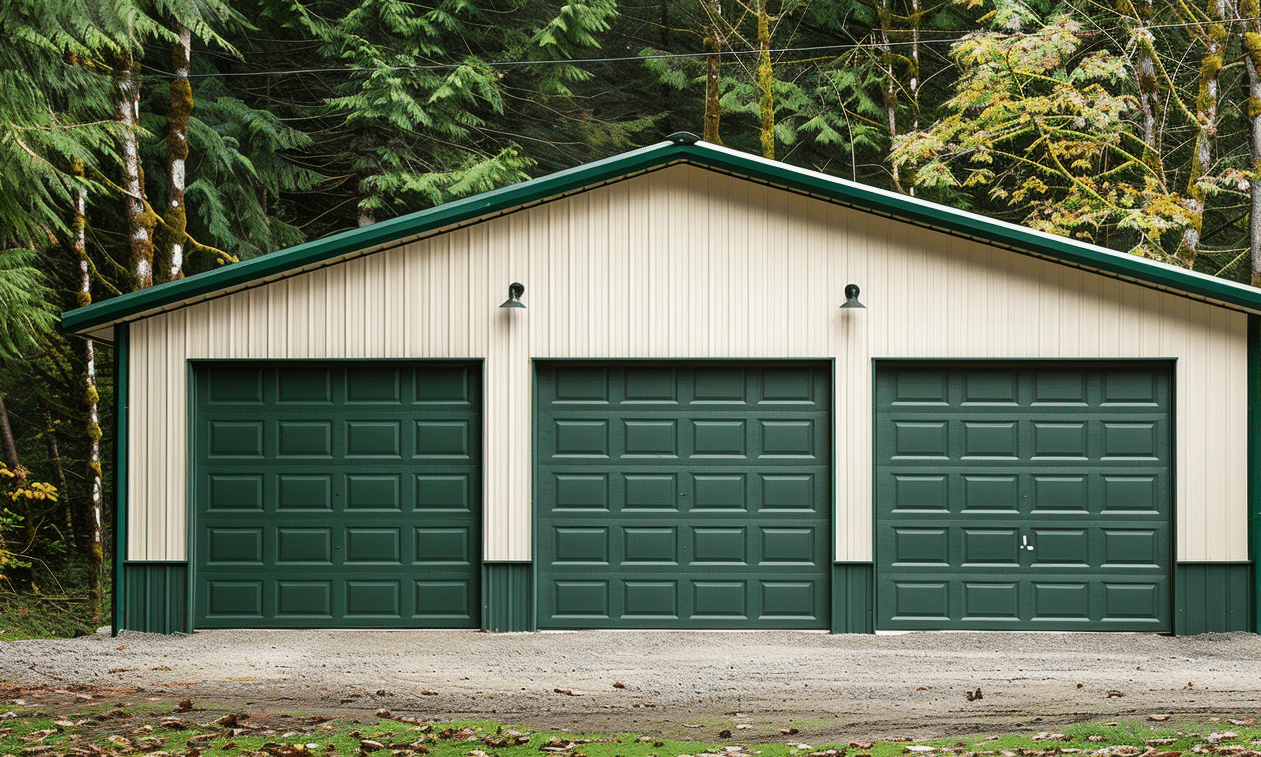
Splurge on Safety and Compliance
The areas where corners must not be cut include safety and regulatory compliance. These are crucial for ensuring not only the safety of the structure but also the people who utilize the facilities. Investing in advanced safety systems and ensuring compliance with local and national regulations protects your investment and prevents costly legal issues.
Engage with professional auditors to perform risk assessments and audits to ensure the project meets all requisite guidelines and standards. Review our Industrial Steel Buildings Overview for comprehensive insights into maintaining regulatory standards.
Conclusion: Striking the Right Balance
Balancing budget constraints with the demand for quality and excellence in industrial steel projects is no small feat. By wisely allocating resources and identifying areas to strategically spare or invest, you can not only ensure the immediate success of your project but also its long-term viability. Remember to leverage planning tools, rely on expert contractors, and incorporate sustainable practices to maximize your investment.
The journey doesn’t end here—continue to evaluate and adapt budget strategies as project requirements evolve. Engaging with industry experts and utilizing available guides and resources can provide additional support in navigating the complexities of budgeting in industrial steel construction.
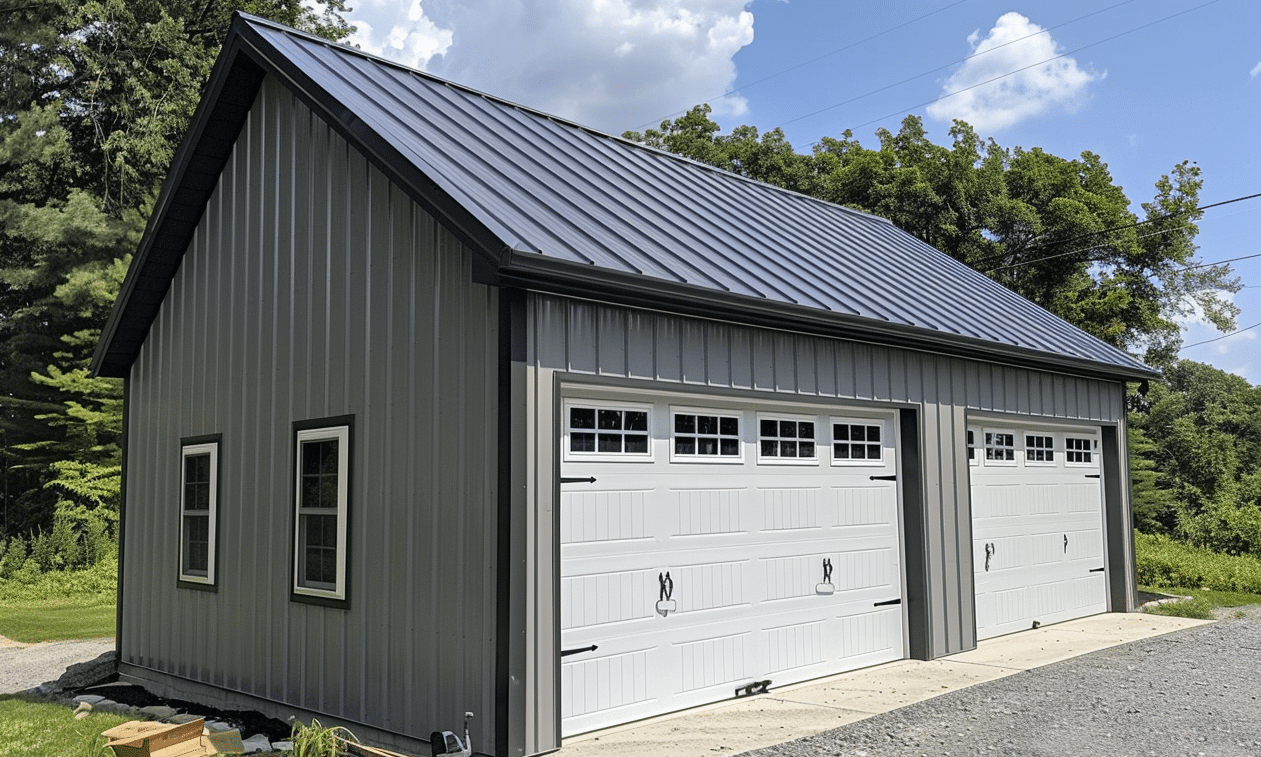
As you forge ahead with your industrial steel project, keep these insights in mind to ensure a sturdy construction that stands the test of time and financial scrutiny.



